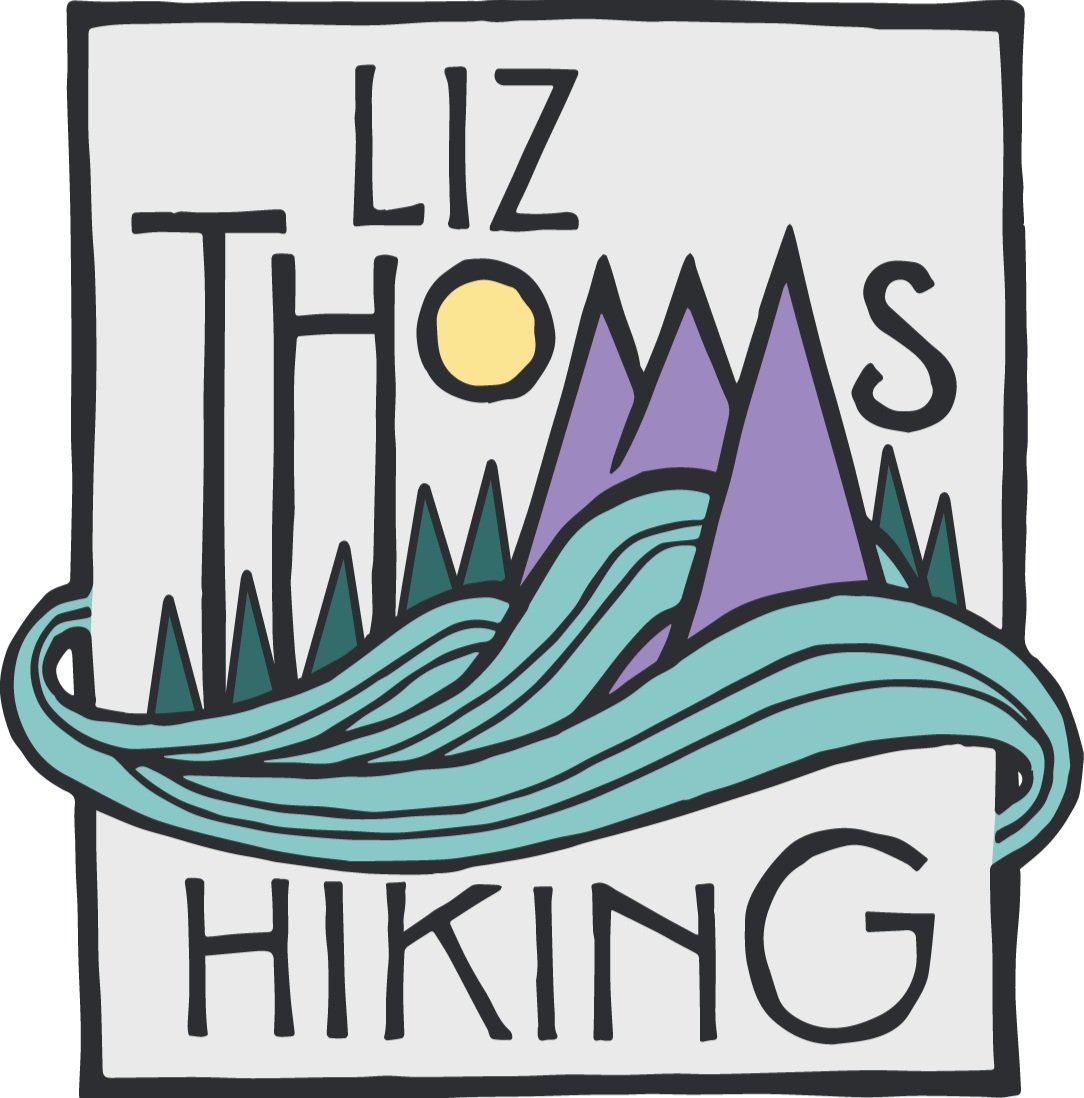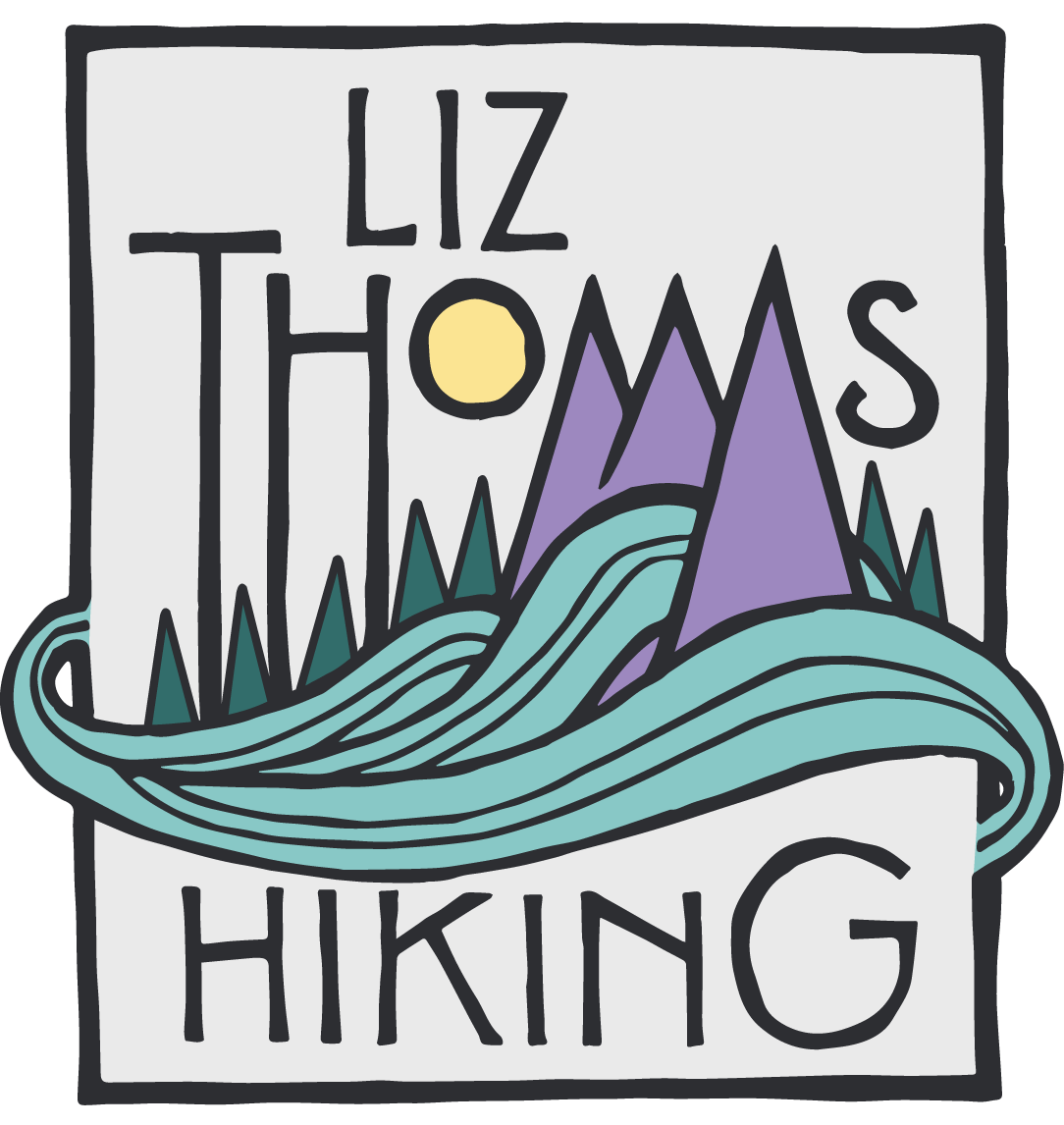Hiking in a nuclear disaster zone
Fields of Kisuge-daira, yellow mountain day lilies, cover the hillside. Locals told me that 2013 was the best Kisuge-daira display in 20 years.
When Americans think of Fukushima, they don’t usually think of awesome hiking. Yet, this summer, I found myself walking in a place I had, until then, only associated with nuclear disaster. I had gone to Japan to hike and, despite being in a country known for its population density, to find wild places of solitude rarely visited by people, especially by other Americans. A friendly older local/avid hiker named Hoshi told me of a traverse of complex volcanoes along Mt. Nasu, renowned for its steep climbs, alpine views, and wildflowers. Although he had been hiking there for decades, he had never seen a foreigner on the Nasu Five Peaks. Despite understanding only about 70% of his rural-Japanese-accented description, the traverse seemed to meet all my hiking criteria. I hopped in Hoshi’s car and along with a tiny, vivacious 60-year old woman who looked 30 named Junko, we drove a few hours through monkey-filled forests to our trailhead.
A small-scale farm and village in rural Japan
Hiking culture in Japan is different than in America and I was not sure what to expect. So when Hoshi tried to flag down a car to give me a ride to the ridge, I had no idea what was going on. Was the road to the trailhead inaccessible to his golf cart sized car? Flat rice paddies surrounded me in any direction, with sidewalk-narrow roads separating the small family farms that mark the rural landscape of Japan. A heavy mist hid the steep, volcanically formed mountains towering above the villages. Hoshi finally flagged down a car, but after a short conversation with the driver, decided to park his car at what was either a community center or a temple—still not sure—and walk with me to a shrine at the edge of the mountains.
After a steep, swithback-less climb up from the trailhead, the village below was shrounded in clouds.
To my surprise, the trailhead was lined with what looked like race registration tents and a dozen people! Following Hoshi’s lead, I paid a fee and signed in (everyone was shocked and surprised that an American was at the event—this was the first time they’d seen a foreigner on this range either). They gave me a red ribbon to attach to my pack—I suppose a symbol of luck for hikers—as well as a box that looked like a matchbook. Then, I was handed a paper cup filled with sake and some purple knitted socks, which I apparently had won as part of my registration.
Everyone else, including the locals I had driven with, got on a bus that was going to another trailhead, but they pointed to let me know that to complete the full range, I should start right at the shrine. At this point, I expressed some worry over not having a map. Hoshi handed me a heavy guidebook completely in Japanese with a topo-less map of the region. As it was raining rather hard now, the pages immediately got soaked. Putting the book away, I headed on the wide, paved path behind the temple, a bit incredulous that this would actually lead to the mist hidden mountains.
The paved path quickly turned to a former logging road, and then followed a steep, rocky route straight up a stream. It was quite slippery in the rain and I was immediately reminded of the Long Trail in Vermont, except that this was a thinner, more primitive path, without the impeccable maintenance. Despite the weather, I quickly warmed up with the vertical ascent.
The shrine at Sanbonyari peak
I reached a fork on the trail, and although I could not read the Japanese lettering on the sign, hazarded a guess that my route continued uphill. As I ascended, the deciduous trees slowly turned into deep scented Japanese cedar. The trail hugged a ridge with steep drops on either side. Much like the Appalachian Trail, I climbed roots hand-over-hand. I even scaled a few rope ladders over particularly steep sections. In the mist, it was easy to imagine I was the only hiker who had walked this trail in years. Looking at my watch, I realized that at my usual speed, I should have reached the first peak already, yet was not finding a high point. Had my inability to read the sign meant that I had walked the wrong way?
I finally reached a signed peak where I was surprised to find two drunken, older men downing beers on the rainy, grassy summit. They were shocked to find a woman hiking alone in such a remote place. I dug out the soaked guidebook and tried to match the name of the first mountain in the book with the lettering on the sign (actually, since I couldn’t read the name, the shape of the lettering). They didn’t match. I had gone the wrong way. I finally mustered enough courage to ask the drunken men if they could find our location on the map. Miraculously, they pointed at the range’s first mountain. I was in the right place! Apparently, there were multiple names for that mountain and the map name did not match the sign name. As I left, feeling elated, the drunken men handed me some candy.
I continued on the range, hitting several peaks along the way, until I reached the grandest mountain of the range, the former volcano Sanbonyari Peak. Despite the rain, many people were gathered at the summit, where a dog-house sized shrine marked the top of the peak. Again, people were surprised to see a woman hiking alone.
From here, the range became crowded and physically much easier. The trail itself was a narrow tunnel through shoulder-high brush and there were no clear places to pull aside for a bathroom break. I was supposed to meet Hoshi and some of his friends on top of a mountain and was counting peaks and crests along the route, worried that I might miss him.
Hoshi, Junko, and the birthday crew
Surprisingly, I almost tripped over Hoshi and six other people pulled over on the edge of the trail at a bump which hardly warranted the name IshiYama!Hoshi’s birthday crew were huddled in a clearing free of bushes barely the size of a solo tent’s footprint, gathered around a stove cooking ramen. In 12,000 miles of hiking, I had never seen anyone so intent on cooking ramen that they’d squat in the mud and bushes in the pouring rain! I put on all my layers and the hot broth barely took off the chill. Eventually, enough of the group was uncomfortably cold, so we continued on.
Mountain lilies color the ridge
The trail now traversed a ridge through the alpine zone. The views would have been great if the mist had not been so thick. But as far as I could see in any direction, there were Kisuge-daira, mountain day lilies. We were traveling in a sea of yellow. In Japan, hanami, flower viewing, is a national past time, and the lilies attract people from across the country to hike the Nasu Five peaks. I felt honored to partake in the cultural tradition to catch the Kisuge-daira during its short peak bloom.
Close up of the mountain lily
Although this trail was very popular, its maintenance standards were different than trails in America. This part of Japan receives so much rain and its soil is so loose that trail upkeep emphasizes width over stability. As a result, I found the path steep and muddy. Slipping was inevitable. I passed another hiker who had fallen on the traction-less mud and blood was rushing from his hands and face. Never before had hiking poles seemed like such a grand invention! As we descended the ridge to an unpaved forest road, a bus was waiting to take us back into town.
As Hoshi dropped me off at the train station to go back to Tokyo, he insisted I pick up some brochures from the region. One brochure had the name of the region written in English: Fukushima. After the Great East Japan Earthquake in 2011, the mountains around Fukushima protected the nuclear radiation from the Fukushima power plant from spreading to the rest of Japan. As much as I trust my Sawyer filter, I was relieved I didn’t need to drink from the streams.
Vegetation taking hold of a thatched roof house in rural Japan
A survey of radiation levels after Fukushima showed that Mt. Nasu had much higher radiation than natural; areas not too far from the peak had 50 times the limit (search the interactive map for “Nasu”). Suddenly, my hike became more than a walk through a remote, unknown mountain range. It became a walk steeped in international significance and controversy.
The Nasu Five Peaks (black star) relative to the epicenter of the Fukushima natural disaster. Map by Liz Thomas using data from Radiation Dosage Map measured by the Japanese Ministry of Education, Culture, Sports, and Technology
Despite the earthquake and radiation, people like Hoshi continue to hike these mountains as they have for decades. As a foreigner, I was honored to walk the Nasu Five Peaks. Despite all the bad news that we’ve heard about the Fukushima region since 2011 and all the damage that has been done, the joy of walking mountains doesn’t change.










